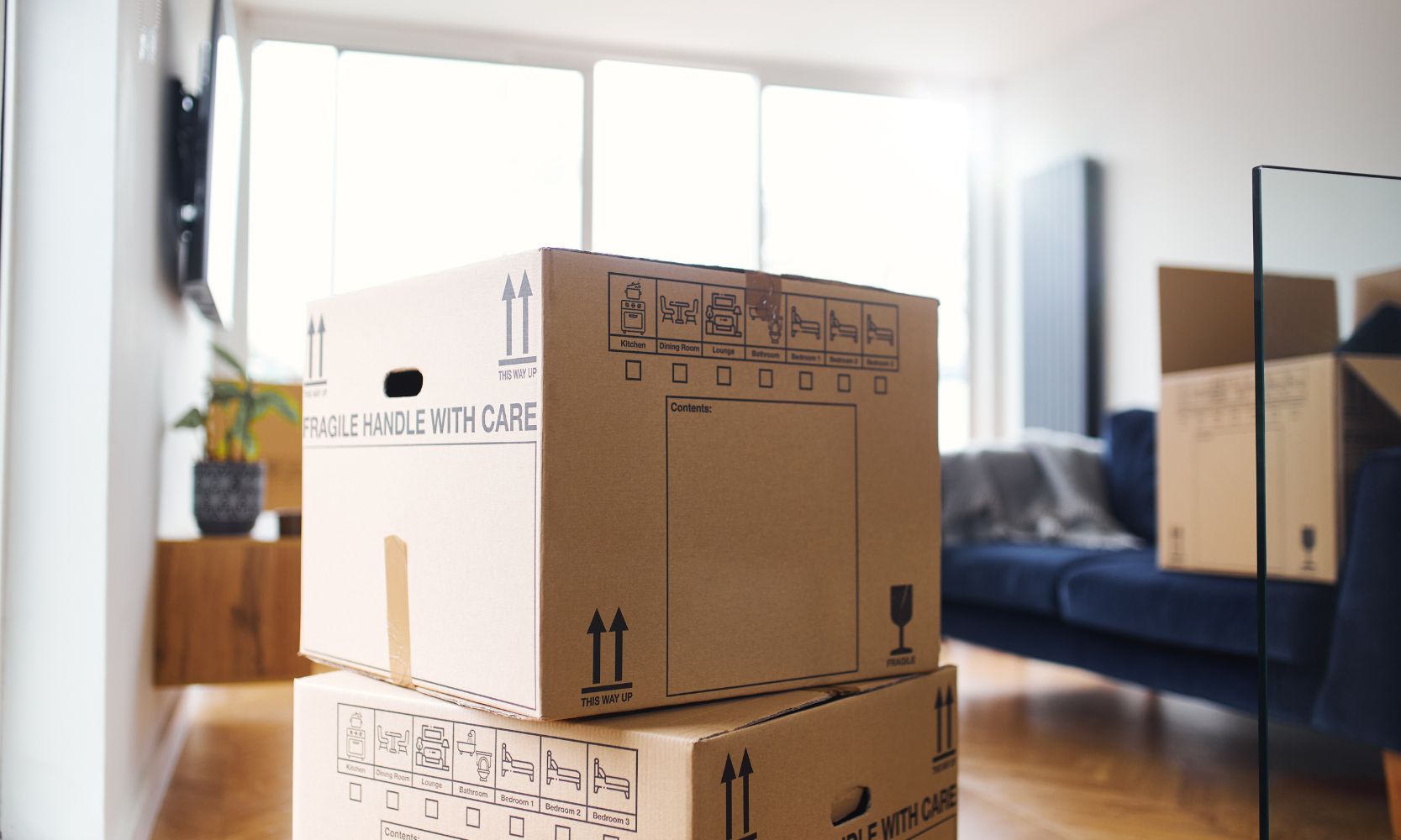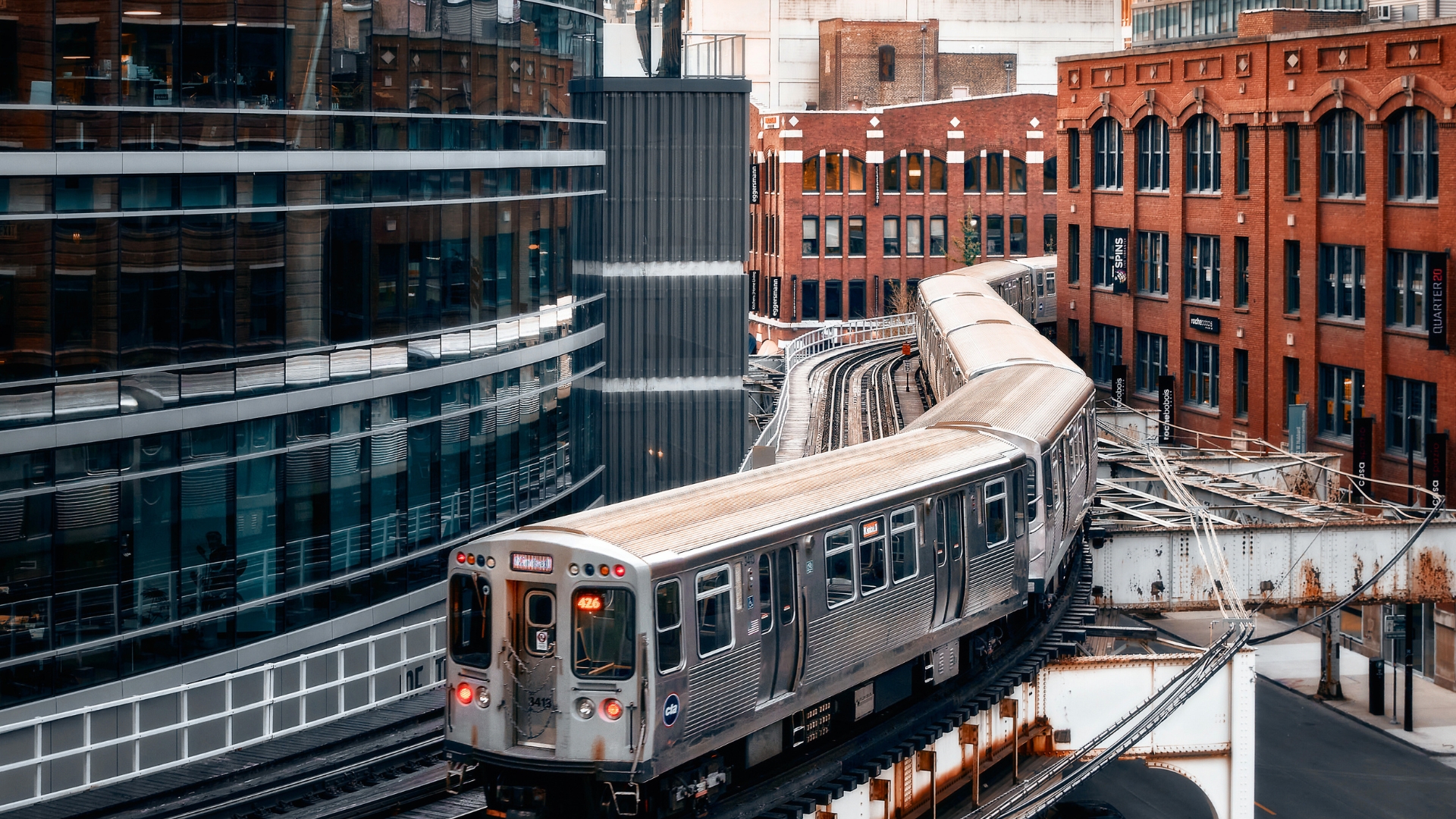Moving somewhere new is an exciting time! It doesn’t have to be stressful as long as you’re prepared. That’s why having a moving checklist for both moving in and out is essential. Many details are involved in both processes, and it’s a simple way to prevent you from forgetting any crucial steps.
It’s more than finding a new place and packing. Things to do when you move should include ways to streamline your process and include factors you may not have thought of, like preventing unexpected landlord charges. Below are two moving checklists so you can leave and settle into your new home more easily.
Your Moving Out Checklist: A 10-Step Guide

While it’s understandable you want to rush out of your old place into a new one, this part of the moving process is critical because it ensures a seamless transition.
Here is a 10-step checklist for moving out so you’re set up for success before leaving:
1. Clean and Repair if Necessary
While it may seem obvious, you must leave your prior home in good condition before moving— especially if it’s a rental property. As a tenant, cleaning and making necessary repairs prevents your landlord from charging your security deposit or directly from damages not covered in your lease.
Depending on the lease agreement, you may be responsible for potential damages. Rental property condition issues beyond basic wear and tear, like broken windows and large holes in the walls may be considered tenant damage.
Always review your lease before moving out and making repairs. This ensures you know what’s covered and what you’re responsible for to prevent unnecessary spending and charges.
2. Forward Your Mail Address
Schedule your mail forwarding service at least two weeks in advance so your mailing address updates by the time you move. While the USPS states that mail forwarding may begin within three business days of your submitted request, they recommend at least two weeks as best practice.
3. Update Legal Contact Information
Before packing, update all your legal contact information to your new address. This includes your license or government photo ID, auto insurance, car registration, and necessary work documentation. Aim to do this at least two weeks before moving to give the systems time to update your information.
4. Transfer or Cancel Utility Providers
Schedule a transfer or cancellation of your current utility providers to prevent overcharges on utility costs. Contact your current municipal trash, recycling, electricity, water, and landscape services at least a month before moving for ample notice.
If you’re transferring services, schedule an installation appointment as early as possible to ensure you have an available date on move-in day. Mark this as a high priority in your moving checklist.
5. Transfer or Cancel Internet Providers
Like your utility providers, cancel or transfer your internet providers with notice. Do this at least a month in advance to prevent an overlap in services and charges. For service transfers, schedule installation as early as possible so you’re always connected to Wi-Fi. Also, make this a top priority on your moving checklist.
6. Consider Moving Companies
Moving to a big city or long distance? Then you should consider professional moving services. Limited public parking and heavily trafficked areas, like Chicago, or moving out of state can be challenging without a moving company. If you hire movers, always research your options and compare quotes to ensure you get a fair rate and quality contractors.
If you have high-value or fragile belongings, consider moving insurance and confirm your policy protects your items from the moving company you choose. Once you choose a provider, schedule a date and time they’ll arrive with the truck.
7. Buy Moving Supplies
Use a moving supply list so you don’t forget anything you may need. While boxes and tape are obvious, here’s what you should include in your moving packing list:
• Small, medium, and large cardboard boxes
• Packing tape with a cutter
• Bubble wrap
• Packing blankets
• Labels
• Permanent marker
• Rental dollies
• Rental truck
Make sure to buy the right amount and size of your moving supplies so your belongings fit and won’t break during transport.
8. Create a Moving Binder
A moving binder is one of the best moving tips you should use. It creates a moving to-do list on a timeline, so each step is planned and not rushed at the last minute.
Here’s what you should include in a moving-out binder:
One Year: Research properties in the area and their average rent costs for where you want to move. Schedule weekly tours and submit rental or prequalification applications with your cosigner, if necessary, as soon as possible.
Six Months: Confirm your new place and schedule a date to pick up your new keys.
One Month: Transfer or cancel all utility providers and schedule new installation dates. Update legal contact information. Schedule all rental supplies, like trucks and equipment.
One Week: Thoroughly clean and make necessary repairs. Schedule a day with your landlord or real estate agent to drop off the keys.
Move-Out Day: Do a final inspection to confirm the property is in good condition and that you didn’t forget anything. Meet your landlord or agent to drop off the keys.
Moving binders are a simple yet effective way to ensure you stay organized and don’t miss anything throughout the process.
9. Do a Final Walkthrough
As mentioned above, do a final walkthrough before leaving on move-out day. Once the place is vacant, inspect the property to ensure everything is clean and no new damages were caused during moving. Also, double-check to see if you accidentally left anything behind.
And, always take final photos as evidence that you left the property in good condition. Take clear pictures of the walls, floors, and rooms for an added safety measure— so you’re not blamed for any damages you didn’t cause. Remember, a negative experience with a former landlord can disqualify you from renting an apartment.
10. Drop off the Keys
Schedule a date to meet with your landlord, property manager, or real estate agent to drop off the keys. Do this via email or text message so there’s no miscommunication to prevent delays.
Your Move-in Checklist: A 10-Step Guide

Now that you have tips for moving out, here is a moving-in checklist in 10 steps.
1. Consider Rental Insurance
If you’re a tenant in your new place, consider rental insurance because it’s not as expensive as you may think and is worth the investment. Compared to homeowners insurance plans, renters insurance policies are relatively affordable and flexible in cancellation anytime.
The average cost of rental insurance is around $173 per year, with a policy of $15,000 coverage in personal property— which is only around $15 a month! For example, if your basement floods, your landlord is only responsible for property repairs, not your personal property. Personal value items or equipment that become damaged can be irreplaceable or costly.
Final pricing depends on location, residence type, policy, and provider. Research rental insurance company options and compare quotes to ensure you get adequate coverage at a fair rate.
2. Schedule Internet Providers
Whether you’re transferring internet services from your old place or using a new provider, schedule your installation at least a month in advance. This increases your chances of getting an available date on move-in day, so it’s installed and never disconnected from Wi-Fi.
3. Schedule Utility Providers
Transfer or schedule your new utility providers a month in advance so everything is scheduled by move-in day. Garbage, recycling, and water contractors typically service many areas, so you want to give notice for them to be ready when you arrive.
4. Clean Before Moving In or Unpacking
Before moving into your new home, clean everything first. This allows you to clean more efficiently so you don’t get dust or germs from prior tenants onto your furniture and belongings. Sweep, mop, and vacuum the floors. Dust and disinfect all surfaces. Have a clean start in your new home.
5. Move In with a Plan
Instead of throwing all your boxes into the living room, make a moving packing list. Keep all your boxes clearly labeled, and put them in their designated rooms when moving in. This way when you’re unpacking, everything is where it should be.
6. Meet Your Moving Company
Meet your moving company early or pick up your rental truck before your appointment to allow extra time for unexpected traffic or store lines. One of the most crucial moving tips is scoping out a public parking spot to fit large rental trucks on move-in day. It ensures there’s parking available and you know where to go in case your first spot is taken.
7. Return Moving Rental Equipment
If you’re renting a moving truck you must fill the gas tank to the amount that it was originally provided. Drive extra cautiously on the road as you don’t want to get into an accident or cause vehicle damage, which you’ll be responsible for. Don’t forget to return all rental equipment, like packing blankets and dollies are in good condition.
8. Setup Your Home Systems and Renovations
Will you have new appliances or home renovations in your new place? Setting up home systems like security cameras, surge protection, and home automation within the first few months is more practical. The earlier, the better because you may have more flexibility in customizing your integration with fewer space restrictions.
9. Download Food Delivery Apps
No one wants to cook right after moving in. Skip cooking dinner for one night and give yourself a much-needed day off after moving in because you deserve it! Download food service delivery apps to deliver and relax after a long moving process in your new home.
10. Decorate and Enjoy Your New Home!
The final step of the moving checklist is here and arguably the most fun step: the decorations. If you’re in an apartment, maximize your space with wall shelves instead of floor cabinetry and keep the entryways clear from clutter. This helps create an open layout that’s more spacious.
For regions with extreme heat and freezing conditions, proof your home by weatherstripping doors and windows and installing ceiling fans to keep the outside temperature from leaking inside. But most of all, enjoy your new place your way!
Find Your New Home Sweet Home in Chicago and Nearby with TLC Management
Are you looking to rent a new home in Chicago or the nearby suburbs? Then you should add TLC Management onto your moving checklist. We have over 36 rental properties, each with its own amenities, luxuries, and conveniences for all budgets and lifestyles.
What sets TLC apart is that we not only own our buildings, but we manage them ourselves, too. We have been dedicated to quality tenant satisfaction and seamless apartment living the way it should be since 1996. Whether you’re looking for a city or suburban life, we can help your moving process by streamlining your search for the perfect place.
Let’s find your new home sweet home together, or contact us at info@chicagorentals.com for more information.






